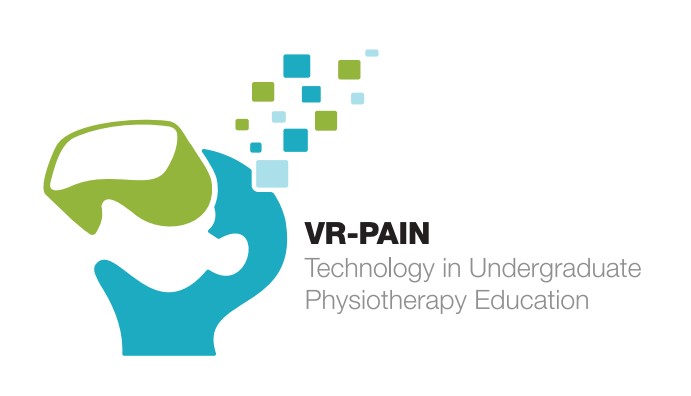
Full project title
Technology in undergraduate Physiotherapy Education
Project acronym
VR PAIN
Coordinator/applicant
University College Dublin
Country of coordinator’s
or applicant’s residence
or applicant’s residence
Ireland
Contact person
Brona Fullen
E-mail address
Programme/fund
Erasmus+
Project duration
18.12.2022 - 17.12.2024
Project weblinks
EU project showcase![]()
Project description
There is a need to provide a structured approach to enhance physiotherapy students' development of clinical reasoning skills in pain management. Pain science is a core field in a physiotherapy curriculum and physiotherapists are essential members of healthcare teams managing people with pain. Pain is the main reason people attend physiotherapy. In physiotherapy programmes clinical placements provide students with the experiential work based learning opportunities to develop and and enhance clinical reasoning skills dealing with ‘real’ patients. It accounts for approximately 40% of a programme. Clinical reasoning is the analytical and non-analytical processes and skills carried out when assessing patients; either developing hypotheses or an automatic retrieval process described as pattern recognition (Weiss, 2011). It is a skill
integral to practice, influencing decision making processes that determines patients treatment. The landscape for how physiotherapists practice in Europe is changing. Physiotherapists are first contact practitioners; they can assess and treat patients autonomously without a medical referral. A challenge to working in an environment where the patient has not been screened by a Doctor relates to safety concerns i.e. the danger of missing “red flags” (Ferguson et al Rafferty, 2010). It is therefore essential that physiotherapists have the skillset to make evidence based, clinically reasoned decisions. To develop clinical reasoning skills students need opportunities to practice applying their knowledge to clinical cases and to reflect on their diagnostic and treatment decisions. These patient cases can be real or virtual. With capacity for clinical placements at a maximum there can be a lack of opportunity to do so on “real” patients in the first years of training, hindering the advancement of clinical reasoning skills. Real clinical practice experience is essential but can be supported using virtual cases. Providing such opportunities that are robust, that do not overlook serious pathology, that map to international best practice to help decision making on assessment and treatment options will result in graduates who can provide the best care. Virtual patient cases can also provide opportunities to incorporate transferable skills: effective communication, health literacy, empathy and teamwork. Using virtual patients in virtual reality technology can provide a real clinical learning environment that bridges the gap between theory and clinical practice. Virtual Reality technology can provide an attractive pedagogical strategy and can act as a facilitator of knowledge retention, clinical reasoning, improved satisfaction with learning, and finally improved self-efficacy through the immersive experience. Additionally, it can also support standardisation of 3D teaching and learning content for clinical reasoning among higher education institutions in different countries, as it is instructor independent.


